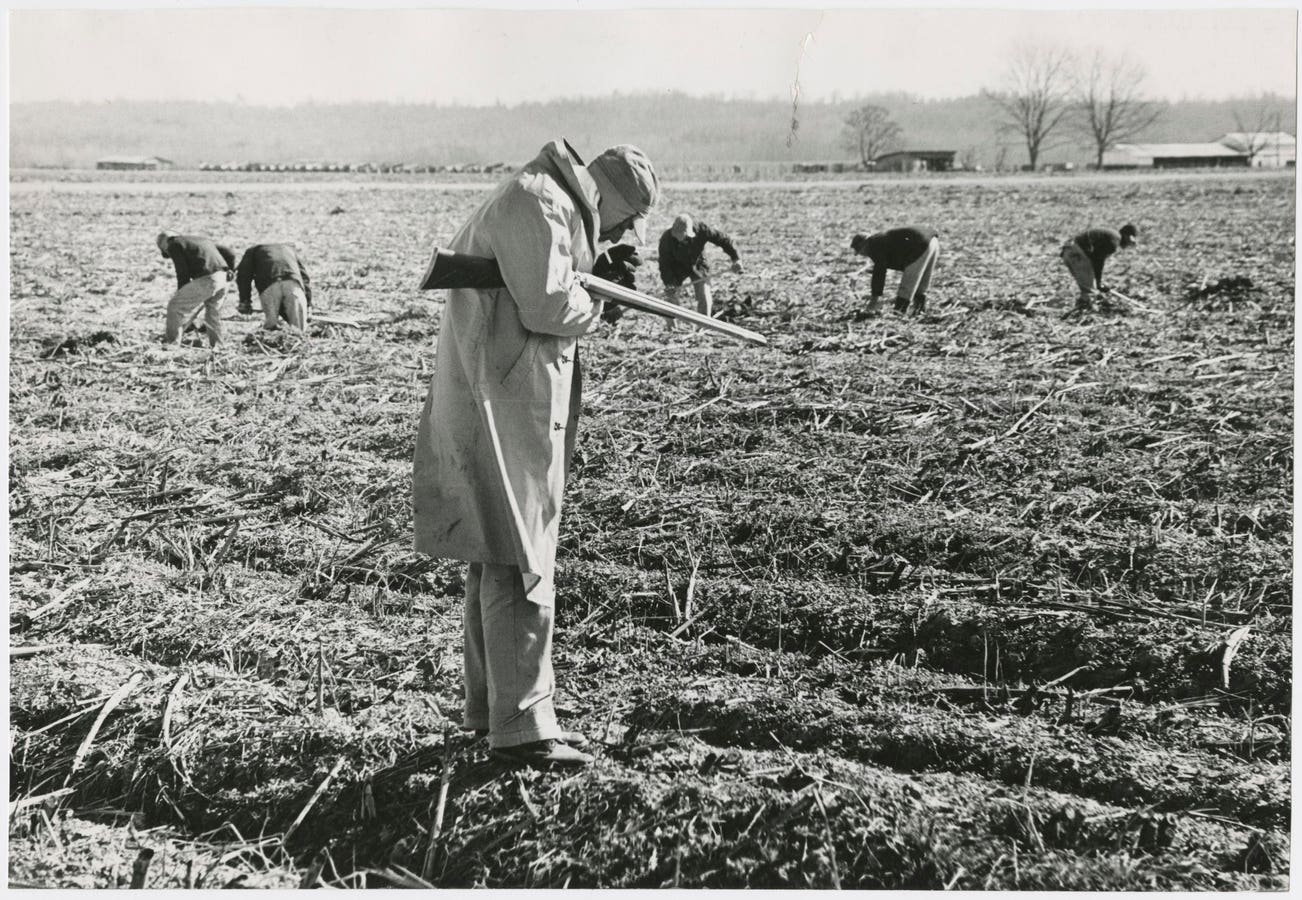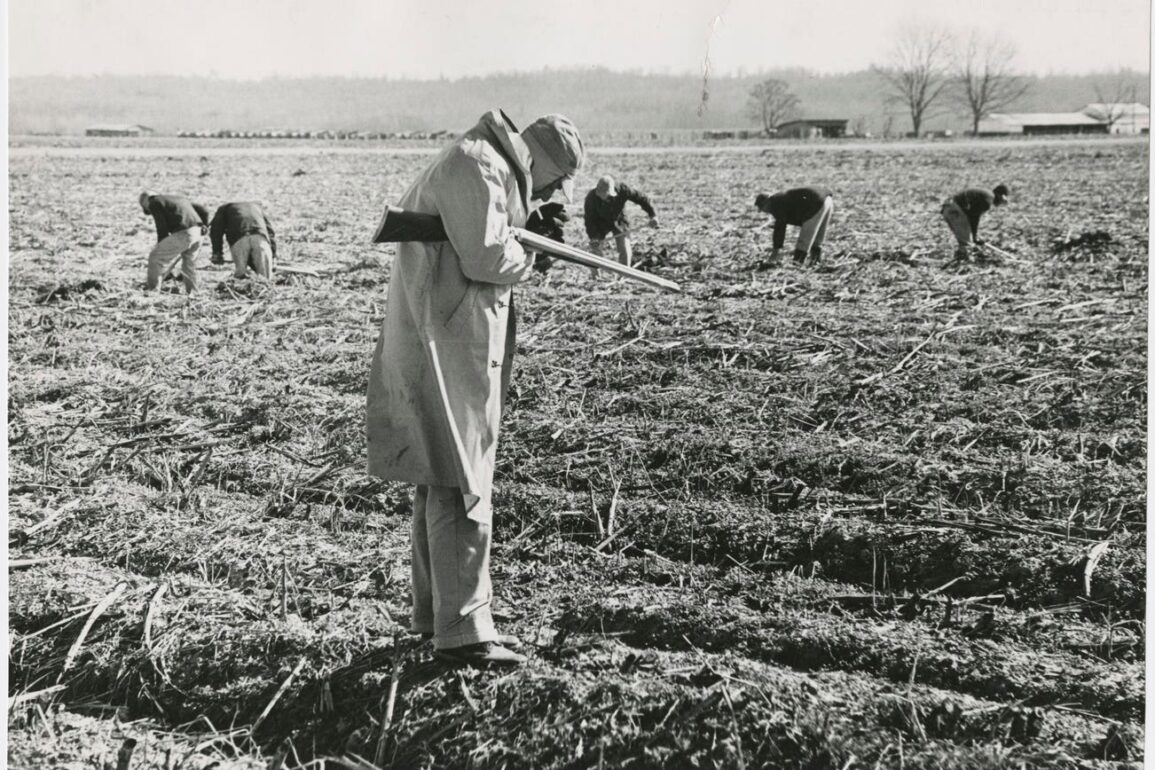
Laissez les bon temps rouler.
Let the good times roll.
The unofficial slogan of New Orleans.
New Orleans the party town.
Mardi Gras. Bourbon Street. Pat O’Brien’s. Beignets. Jazz Fest. Satchmo. The Sugar Bowl.
A whole city whose entire purpose seems to be having a good time.
New Orleans, Louisiana.
New Orleans/Louisiana.
Louisiana isn’t about good times, it’s about hard time. Doing it.
One in every 100 people in Louisiana, the state New Orleans calls home, is incarcerated. Doing time. Calling a concrete cell home. The highest rate in the nation.
America. A mass incarceration nation. The United States cages more people through its so-called “criminal justice” system than any other democracy on earth and it’s not even close.
As the number one state for imprisonment in the number one country for imprisonment, that puts good times New Orleans at the center of the mass incarceration crisis. The Historic New Orleans Collection in the heart of the French Quarter dives deep into the causes and effects of this human tragedy during “Captive State: Louisiana and the Making of Mass Incarceration.”
Origins Of Mass Incarceration
Installation view of “Captive State” at Historic New Orleans Collection.
Historic New Orleans Collection
Throughout Louisiana’s history, people in power have used systems of enslavement and incarceration to hold others captive for punishment, control and exploitation. Through historical objects, textual interpretation, multimedia and data visualization, “Captive State” explores the threads connecting slavery and mass incarceration.
“Louisiana was founded as a white supremacist slave society,” Eric Seiferth, “Captive State’s” curator told Forbes.com. “We open the exhibition with the Code Noir, which is a 1724 book of laws targeting people of African descent, mostly enslaved, and some religious minorities. This set of laws sets the stage for centuries of legislation, policies and practices that specifically target African Americans.”
Practices like policing.
“The police force itself in New Orleans was chartered in 1805 with connections to systems and staff from St. Domingue (now Haiti) that were designed to catch escaped enslaved people, a purpose which was central to their existence in New Orleans,” Seiferth explains. “The city and state worked hand-in-hand with enslavers and slave traders to develop and deploy systems of incarceration and policing meant to maintain the white supremacist slave society then in place. Vestiges of these systems, policies, and practices remain in effect in New Orleans, Louisiana, and the United States today. For example, the forced labor of the incarcerated people on the chain gang emerged in New Orleans during this era, and incarcerated people are still forced to work for little to no pay today.”
Enslavement, policing, and mass incarceration are inseparable in America. Each begat the other. They are links in a chain designed by white citizens primarily to shackle and disadvantage Black people.
“Since Louisiana’s colonial era, those in power have used the law to control, punish, and exploit others,” Seiferth said. “’Captive State’ documents how slavery and incarceration were mutually reinforcing in ways that have had long-term impacts on people in this state, particularly Black Louisianians.”
Even after slavery was abolished in America, Louisiana codified racial prejudice, using prisons and police as tools to do so.
“In 1898, the authors of the State’s Constitution declared their purpose to be the maintenance of the supremacy of the white race,” Seiferth explains.
The 13th Amendment to the U.S. Constitution outlawing slavery–except in one instance–further gave Louisiana and other states a legal opening for the continuance of slave labor.
“Neither slavery nor involuntary servitude except as a punishment for crime whereof the party shall have been duly convicted, shall exist within the United States.”
So says the 13th Amendment, opening the door for states to use prisoners as labor. Slave labor.
Doing so became a profit center for many. By 1898, 73% of Alabama’s state revenue came from convict leasing. Incarceration was incentivized with state’s profiting from leasing convicts to private industry then taking their wages. More prisoners meant more profits.
States aimed their police forces at African American citizens–and when cops were often Ku Klux Klan members, they didn’t require a great deal of prompting–targeting them for offenses as made up as vagrancy, destroying Black lives, destroying Black communities, entrenching white supremacy.
Policies Of Mass Incarceration
Incarcerated laborers at Angola
The Historic New Orleans Collection
Louisiana took the strategy of control by imprisonment to heights–or lows–unseen elsewhere in America.
Non-unanimous juries
Louisiana passed a law in 1880, codified into the State Constitution in 1898, requiring only nine of 12 jurors to concur to convict someone of a felony. One of the pillars of the American legal system–the requirement of a unanimous jury to be found guilty of a crime–didn’t apply in Louisiana (or Oregon).
“This law silenced the voices of Black jurors and made it easier to both convict people of felonies and easier to coerce confessions resulting in the conviction and incarceration of many people by less than the unanimous decision of a jury of their peers,” Seiferth said.
The state later updated the law to require 10 of 12 jurors before it was ruled a violation of the U.S. Constitution and forbidden nationwide–in 2020!
Forbidden for now anyway. It’s a chilling to wonder how the currently constructed Supreme Court might rule on non-unanimous juries.
Life Sentences… Without Parole
Beginning in the 1970s, a series of laws were passed in Louisiana resulting in more people being convicted of crimes and receiving longer sentences than ever before.
“During this decade, Louisiana eliminated the provision of parole for people receiving life sentences. This is a marked change of a prior policy of parole eligibility after 10 years and six months,” Seiferth said. “At the same time, the state drastically increased the number of crimes that could either result in or require a life without the possibility of parole sentence. This has had an enormous impact on the gross number of people incarcerated in the state, as well as the average age of people in state custody.”
Louisiana has no problem imprisoning the very young and the very old, all part of a nationwide “war on drugs” and “get tough on crime” hysteria fostered during the Nixon Administration.
“To illustrate the point in numbers, in 1970, there were less than 200 people serving life sentences in Louisiana,” Seiferth adds. “By 2020, over 4500 people were serving life sentences without the possibility of parole. These types of policies, laws, and practices were the result of ‘tough on crime’ rhetoric that politicians and prosecutors used in campaigns, and which suggested that public safety was best provided by over-incarceration.”
The easiest way to sway white voters–it still works today–is by scaring them with crime statistics.
“Tough on crime” politicians fighting a manufactured “war on drugs,” which was actually a war on people–primarily Black people–further accelerated prison populations during the 1980s with mandatory minimum sentencing.
“In the 20th century, Louisiana incarcerated people at a rate similar to the United States from about 1900 until 1970–at about 80 people per 100,000. This rate held consistent for those 70 years. Then, beginning around 1970, the rates for both the US and Louisiana skyrocketed,” Seiferth said. “Today, Louisiana incarcerates about 1,000 people per 100,000–over ten times the rate of the prior seven decades–and the United States incarcerates around 600 per 100,000 people. This historical explosion in incarceration aligns with the rise of ‘tough on crime and ‘war on drugs’ rhetoric, policies, legislation and practice.”
The Face of Mass Incarceration
To go along with the exhibition, The Historic New Orleans Collection has developed a 90-minute tour during which guests explore the threads connecting slavery to modern mass incarceration in Louisiana. Along the way, participants are invited into a conversation about how incarceration impacts communities today.
The guided conversations take place Thursday through Sunday from 10-11:30 a.m. with a $5 suggested fee. Admission to the museum and exhibition are free.
September 19 and 21 at HNOC, Gregory Bright will perform “Never Fight a Shark in Water,” a one-man documentary stage play depicting his experiences with incarceration and the “criminal justice” system in Louisiana.
In 1975, as a 20-year-old, Bright was arrested in connection with a murder. After spending eight months in prison alongside a co-defendant he had never met, Bright was charged with second degree murder, wrongfully convicted, and sentenced to life without parole in Louisiana State Penitentiary at Angola.
It took him 27-and-a-half years to prove his innocence.
Slavery, Louisiana, mass incarceration, Angola.
Today, the Louisiana State Penitentiary, commonly known as Angola, is situated on a series of former slave plantations on the Mississippi River once belonging to the largest slave trader in the United States–a 200-year unbroken history of forced labor on the site.
Seiferth visited as part of his research for “Captive State.”
“Angola is a plantation prison that produces all sorts of crops–from corn to Black Angus cattle–as well as manufactured goods via forced labor. The plantation is sited on a crook in the Mississippi River, which surrounds it on three sides,” he explained. “Angola is enormous and incredibly isolated. It’s about the same size as the island of Manhattan, but only 4,000 or so people live there. To get to the prison you have to drive miles down a meandering two lane road that dead ends at the prison gates.”
Or be an African American targeted for mass incarceration in Louisiana.
“The current system of incarceration in Louisiana is one we all live with. It affects all people that live in the state, and we are all implicit in its maintenance through our tax money, votes and civic participation,” Seiferth said. “For centuries, politics in Louisiana has been dominated by white elites through the preservation of a white post-colonial society originally based on racialized slavery. Only recently has there been meaningful improvement in the equity and accessibility of public power in New Orleans and/or Louisiana. This history of racism has created a deep and vast gash in the civic landscape that remains an open and festering wound inhibiting the ability of our city and state to thrive.”
Louisiana and New Orleans.
“New Orleans is many things. Within its complexity exists a love of art, expression and creation that in many ways embodies and/or arises from centuries of resistance to oppression and destruction,” Seiferth, a New Orleans resident since 2003, explains. “Many years ago, civic leaders in New Orleans made a conscience decision to lean into tourism as an economic driver, which meant selling culture and fun to out of town visitors, but there’s much more to the story than the festivals. As a city, New Orleans can often find itself at odds with other parts of the state, and/or state government in Baton Rouge, however, I’d argue that the way the city leans into its fun-loving public image is the result of its own marketing efforts.”
Next time you’re in the Big Easy, remember the people there doing hard time.
More From Forbes
This post was originally published on this site be sure to check out more of their content.









